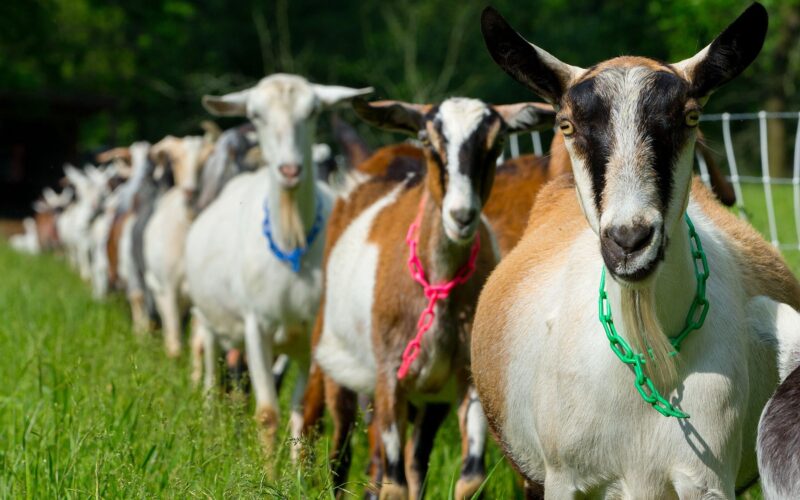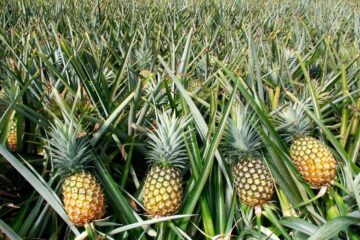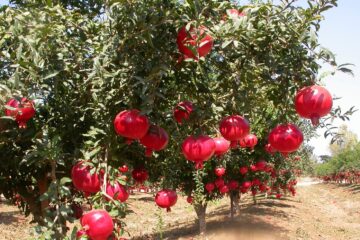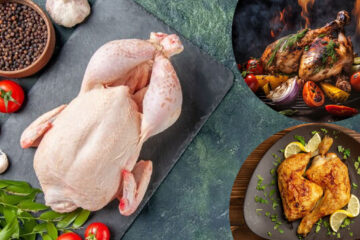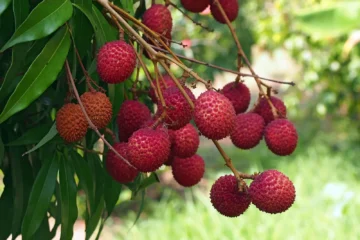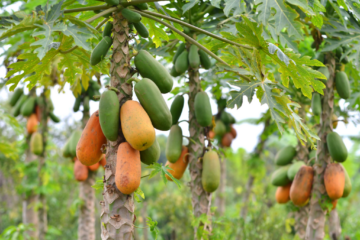Goat rearing is considered a quick way to generate income, especially for those with limited resources. With proper management, it can yield substantial returns.
Grazing Method
Grazing is suitable for both small and large goat breeds. This method involves allowing goats to graze freely in fields, which reduces feed costs. However, not all types of grasses and forages are utilized efficiently. Thus, rotational grazing can be more effective.
Rotational Grazing
In rotational grazing, the grazing area is divided into several sections with temporary fencing. Goats are then rotated from one section to another. This allows the grass in the first section to regrow and be ready for the next grazing period. This method reduces parasite infestations and ensures a steady supply of high-quality forage throughout the year.
In rotational grazing, it is recommended to graze kids first, followed by adult goats. This ensures that any leftover forage from the kids is consumed by the adults.
Grazing Combined with Stall Feeding
This method is suitable for areas with limited grazing land. Goats are allowed to graze in a fenced area for 3-5 hours and then brought back to the stall for additional feeding. At night, they are kept in the stall. Although the feed cost is slightly higher, it ensures adequate nutrition for the goats.
This method can support 50-350 goats. During dry seasons, cultivated grasses serve as their main food source. This approach produces high-quality kids for meat and milk, requires fewer laborers, and thus, is cost-effective and profitable.
Stall Feeding Method
In stall feeding, goats are kept in a stall throughout the day and provided with feed. This method is suitable for dairy goats and can support 50-250 goats. With the integration of agricultural by-products, it is possible to rear 37-45 goats per hectare.
Stall feeding requires more labor and capital but allows for close monitoring and control of the goats. The concentrated manure in one place serves as excellent fertilizer, and the space required per goat is minimal.
Ground Level Rearing
In this method, 1-2 inches of topsoil should be removed annually. Lime powder can be spread monthly to reduce disease outbreaks. The stall should be built on elevated ground to prevent waterlogging.
Deep Litter System
In this system, materials like peanut shells or sugarcane tops are spread on the ground to a depth of about 18 inches. The goat’s manure and urine mix with this material to create high-quality fertilizer. The deep litter should be removed every six months. During the rainy season, excessive moisture can produce ammonia gas, so the litter should not be too wet.
Elevated Platform Rearing
This method involves raising the stall about three meters above the ground and using slatted floors. This setup requires fewer laborers and more land and water for producing green fodder. Manure and urine fall through the slats to the ground below, keeping the stall clean.
Dr. S. Usha, Assistant Professor, Department of Livestock Production, Madras Veterinary College, Vepery, Chennai – 600 007.

